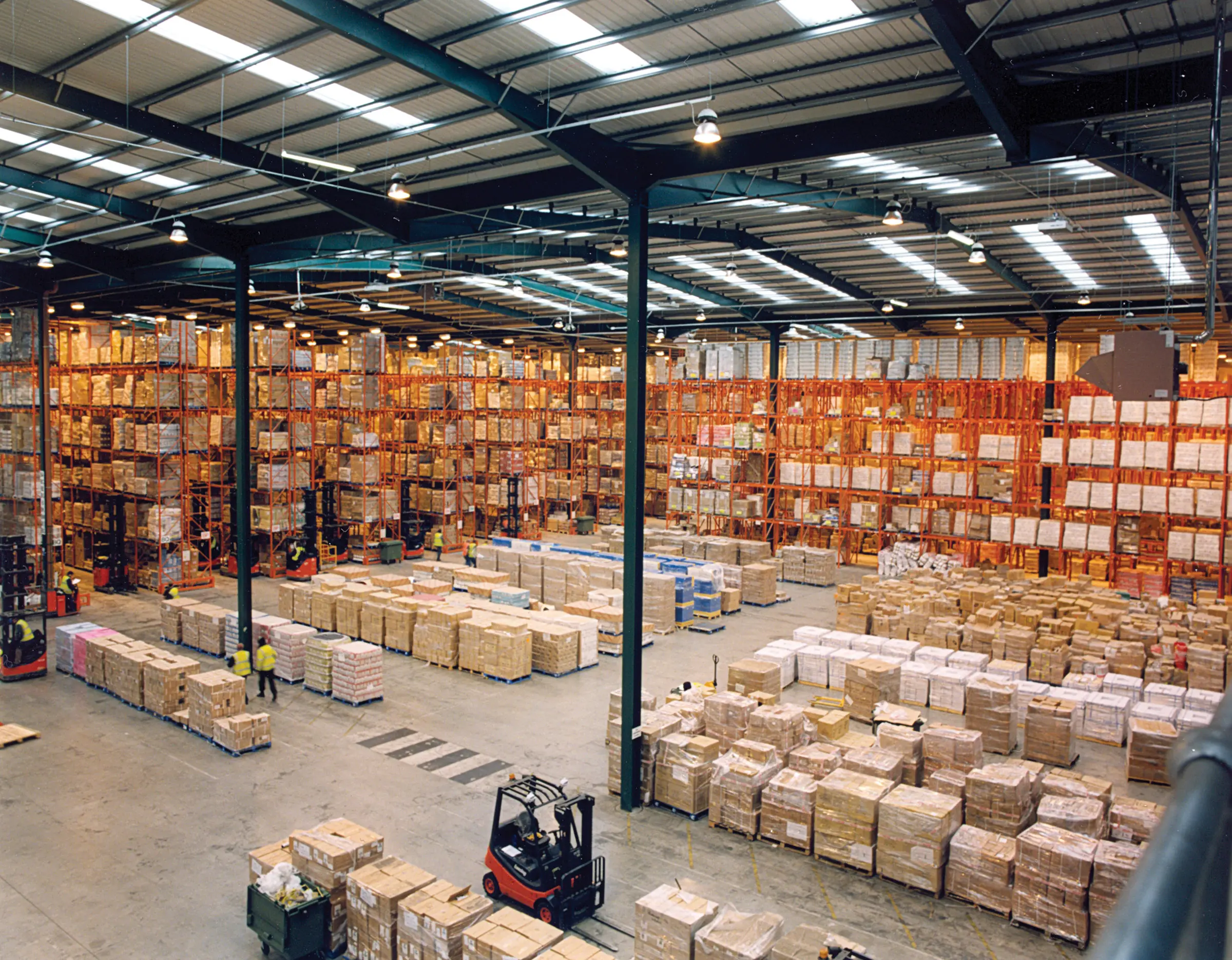Warehouse pallet racking systems are essential for optimizing storage space and streamlining the retrieval of goods in modern warehouses. These systems provide a well-organized, efficient solution for storing pallets and bulky items, significantly maximizing available space and enhancing operational productivity. In this comprehensive article, we will explore various types of warehouse pallet racking systems, discuss their key benefits, and highlight best practices for effective implementation.
Types of Warehouse Pallet Racking Systems
Selective Pallet Racking
Selective pallet racking remains the most popular and versatile racking system used in warehouses today. It offers direct and easy access to every individual pallet, making it ideal for warehouses managing a wide variety of inventory. This system features a straightforward installation process and allows for easy configuration changes, enhancing flexibility in storage and retrieval operations.
Drive-In and Drive-Through Racking
Designed to maximize storage density, drive-in and drive-through racking systems enable forklifts to drive directly into storage lanes to access pallets. Drive-in racking offers one-sided access, while drive-through racking provides access from both ends, increasing throughput. These systems are particularly advantageous for warehouses handling large volumes of uniform products where space efficiency is crucial.
Push-Back Racking
Push-back racking utilizes a series of carts running on inclined rails where newly loaded pallets push previously stored pallets further back. This design achieves high storage density and improved pallet accessibility compared to drive-in systems, making it highly suitable for storing multiple pallets of the same SKU while maintaining efficient retrieval.
Pallet Flow Racking
Also called gravity flow racking, pallet flow systems use sloped lanes to enable pallets to move forward automatically via gravity. This first-in, first-out (FIFO) design is essential for warehouses managing perishable goods or products with expiration dates, ensuring effective stock rotation and reducing waste from product spoilage.
Cantilever Racking
Cantilever racking is specially designed for storing long and bulky items such as pipes, lumber, and steel rods. It features horizontal arms extending from vertical columns, providing superior accessibility and the flexibility required to accommodate varying lengths and sizes of materials.
Benefits of Warehouse Pallet Racking
Improved Space Utilization
Pallet racking systems optimize the vertical space in warehouses, allowing more products to be stored within the same footprint. This efficient use of space can lead to substantial cost savings by reducing the need for costly expansions of physical storage facilities.
Enhanced Inventory Management
Organized storage provided by pallet racking improves inventory management by making product locations clear and retrieval processes faster. This accuracy reduces search times and errors, facilitating quicker order fulfillment and increasing overall customer satisfaction.
Increased Safety
Properly designed and installed pallet racking systems enhance warehouse safety by providing strong, stable support for heavy loads. This reduces the risk of pallet collapses and accidental damage, fostering a safer working environment for employees.
Scalability and Flexibility
The modular design of pallet racking allows for easy adjustments and expansions as storage requirements evolve. This adaptability makes pallet racking systems a cost-effective investment, especially for businesses anticipating growth or fluctuating inventory demands.
Best Practices for Implementing Warehouse Pallet Racking
Assess Storage Needs
Before selecting a pallet racking system, conduct a thorough assessment of your warehouse’s specific storage requirements. Consider factors such as product types, inventory turnover rates, and physical space constraints to determine the most effective racking solution tailored to your operational needs.
Ensure Proper Installation
Accurate installation is critical for the safety and performance of pallet racking systems. Collaborate with experienced installation professionals who adhere to industry safety standards and best practices to ensure reliable and compliant setups.
Regular Inspections and Maintenance
Perform routine inspections and maintenance to extend the lifespan and safety of your pallet racking systems. Check for signs of damage such as bent components or loose fasteners, and address issues promptly to prevent accidents and maintain operational efficiency.
Train Staff
Comprehensive training for warehouse personnel on the correct use and upkeep of pallet racking systems is essential. Training should cover safe loading procedures, damage reporting protocols, and emergency prevention measures to foster a safety-conscious and efficient workforce.
Conclusion
Warehouse pallet racking systems continue to be fundamental in modern warehousing by providing organized, space-efficient, and productive storage solutions. Understanding the variety of racking types and implementing proven best practices enable warehouses to improve inventory control, enhance safety standards, and optimize overall operational performance. Choosing and investing in the right pallet racking system represents a strategic decision that delivers significant long-term benefits for any warehouse operation.
Beyond expanding storage capacity and efficiency, contemporary pallet racking systems increasingly integrate innovative technologies such as smart warehouse solutions and automated storage and retrieval systems (AS/RS). These advancements facilitate real-time inventory tracking and minimize human error, empowering warehouses to operate with enhanced accuracy and agility. As e-commerce and global supply chains evolve rapidly in 2024, investing in technologically advanced, flexible pallet racking solutions is crucial for businesses aiming to remain competitive and responsive to ever-changing market demands.
With the rise of sustainability trends, modern pallet racking systems also emphasize eco-friendly materials and designs that reduce environmental impact while maintaining durability and strength. Energy-efficient lighting and optimized warehouse layouts complement these systems, collectively contributing to greener warehouse operations. Warehouse managers should stay informed about sustainable racking innovations to align with corporate social responsibility goals and regulatory requirements, ensuring their storage solutions are both economically and environmentally responsible.


